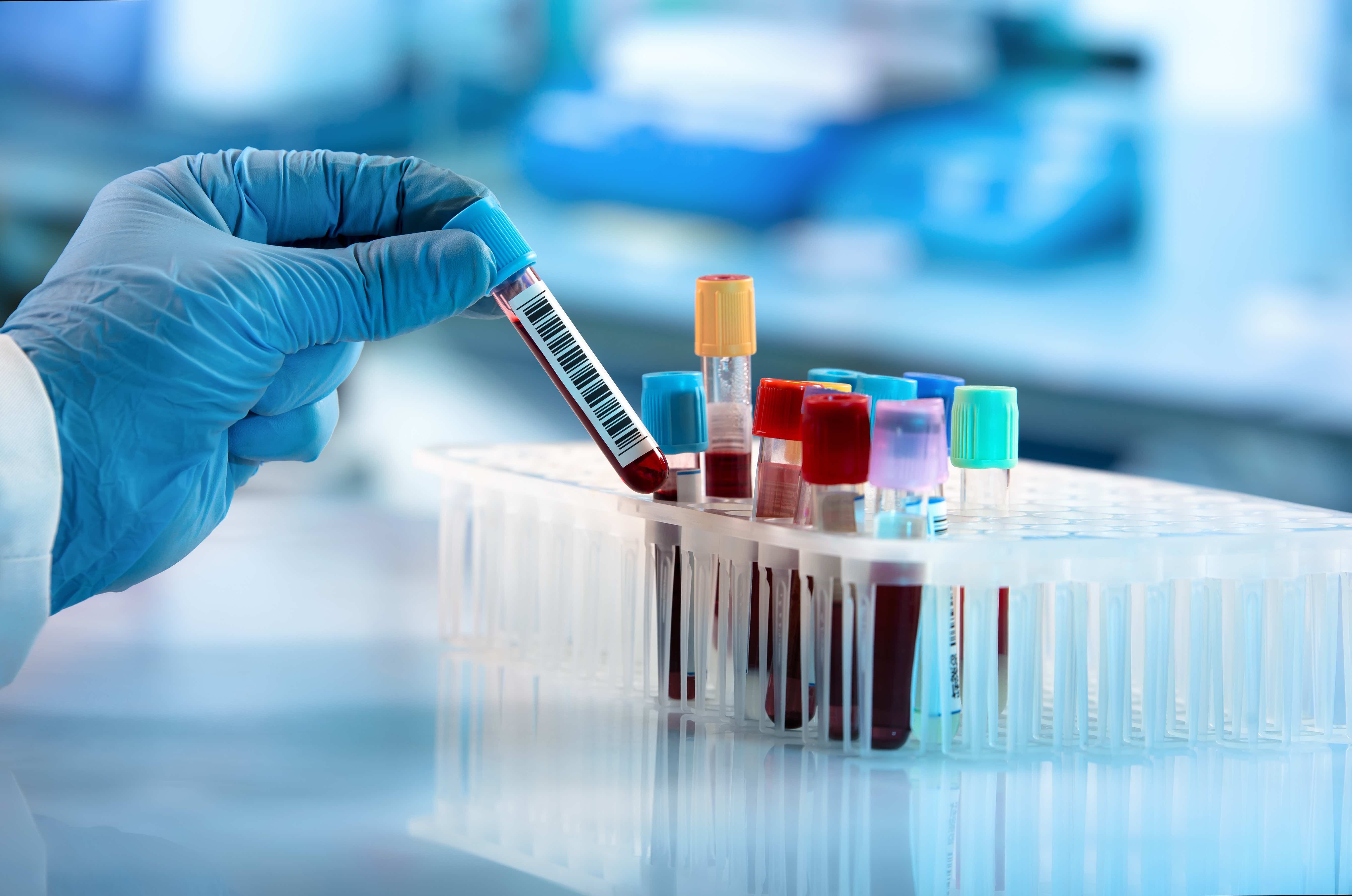News
Article
Serum Biomarkers for Refractory Active Rheumatoid Arthritis Remain Elusive
Author(s):
New research suggests classical biomarkers cannot discriminate between refractory and non-refractory rheumatoid arthritis.
Classic biomarkers of rheumatoid arthritis (RA) disease severity do not appear to be helpful in identifying patients with active refractory disease, a new report aiming to identify circulating angiogenic and inflammatory markers of refractory and active rheumatoid arthritis found. The study, published in the journal Scientific Reports, also suggests serum analysis might not be as valuable in refractory active RA as previously thought.1
Because serum analysis is already used to diagnose RA, track its progression, and understand response to therapy, the authors investigated whether reliable biomarkers could be found for refractory RA. | Image credit: angellodeco - stok.adobe.com

Novel targeted therapies have made a significant impact on the treatment of RA worldwide; yet, the authors noted many patients will not achieve remission, and 1 in 5 will go on to require a third biologic disease-modifying antirheumatic drug.2
The persistence of symptoms in many patients has led to the emergence of the concept of “refractory RA,” the investigators said, a term that includes patients with active disease who fail to respond to at least 2 lines of therapy.
The exact cause of refractory RA is not clear, though the investigators said it likely involves an “interplay” between the disease itself and other clinical factors. “While clinical risk factors have been identified, there has been limited research into the molecular mechanisms leading to treatment resistance,” they wrote.
Because serum analysis is already used to diagnose RA, track its progression, and understand response to therapy, the authors investigated whether reliable biomarkers could be found for refractory RA.
Between 2019 and 2022, 211 consecutive adult patients who were diagnosed with RA were enrolled. The participants were then split into 3 groups. The first group consisted of patients with refractory disease, defined as having 2 or more failures of targeted therapy (regardless of mechanism of action), as well as active disease, defined as having Disease Activity Scores (DAS28) above 3.2 and evidence of ultrasound synovitis and/or increased C-reactive protein levels. The second group was patients with non-refractory active disease. The last group was patients who were in remission or had DAS28 scores at or below 3.2. The investigators used samples from 29 healthy donors as a control group.
The investigators used Luminex technology to measure the concentrations of 17 angiogenic and inflammatory markers identified as classical markers of RA. They wanted to know whether those markers might correlate with the different cohorts of patients or whether any particular markers were linked with particular disease activity indicators in certain subgroups.
However, they found little in the way of correlations, and they identified no specific cytokine profile that was associated with refractory active RA.
“Strikingly, refractory active RA patients exhibited a poor correlation profile with disease activity parameters, in contrast to non-refractory active patients,” they wrote. When comparing patients with active and non-active disease, they found those with active disease had a strong increase in interleukin-6 concentrations. In fact, only 3 correlations with markers of disease activity were found in patients with refractory active RA, which was similar to patients with non-active RA.
“By contrast, in non-refractory active RA patients, correlograms revealed an extensive proinflammatory and proangiogenic correlation profile with 12 markers correlating with inflammation markers or disease activity,” they wrote.
Thus, they said, it appears that existing RA biomarkers do not have the discriminatory power to differentiate between refractory RA and non-refractory active RA. Instead, they said there may be additional molecules implicated in refractory disease, beyond the scope of the 17 included in this investigation.
“Further research, particularly in the field of synovial tissue analysis, could help unravel the intricacies of refractory RA and devise more targeted therapeutic strategies,” they concluded.
References:
- Lesturgie-Talarek M, Gonzalez V, Combier A, et al. Inflammatory and angiogenic serum profile of refractory rheumatoid arthritis. Sci Rep. 2025;15(1):7159. doi:10.1038/s41598-025-87318-8
- Buch MH. Defining refractory rheumatoid arthritis. Ann Rheum Dis. 2018;77(7):966-969. doi:10.1136/annrheumdis-2017-212862




